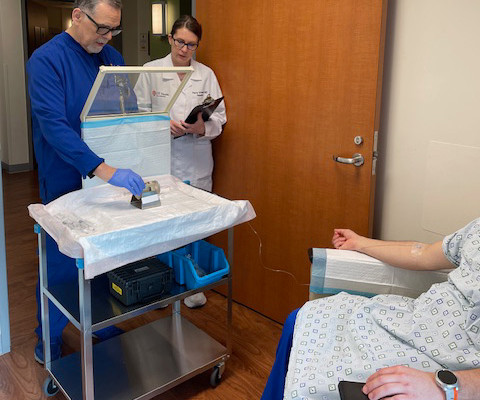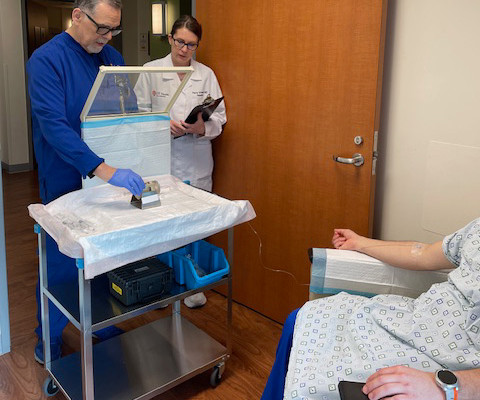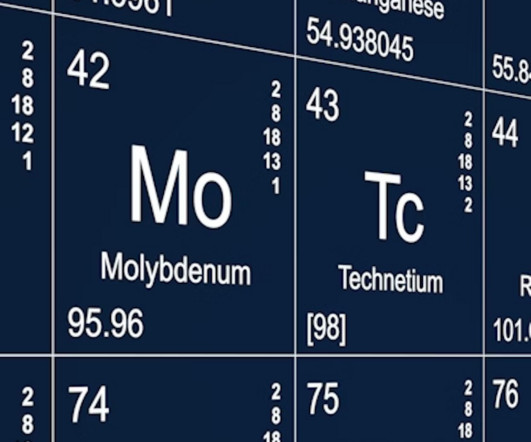The rise of theranostics: Part 2 -- Moving into communities
AuntMinnie
APRIL 4, 2024
Even if some private urology, radiation oncology practices, or radiologist groups are building the ability to perform theranostics, experts are cautious about patient management, radiation safety, and the risk of unnecessary imaging. However, few freestanding theranostics centers exist today. Hope added.














Let's personalize your content